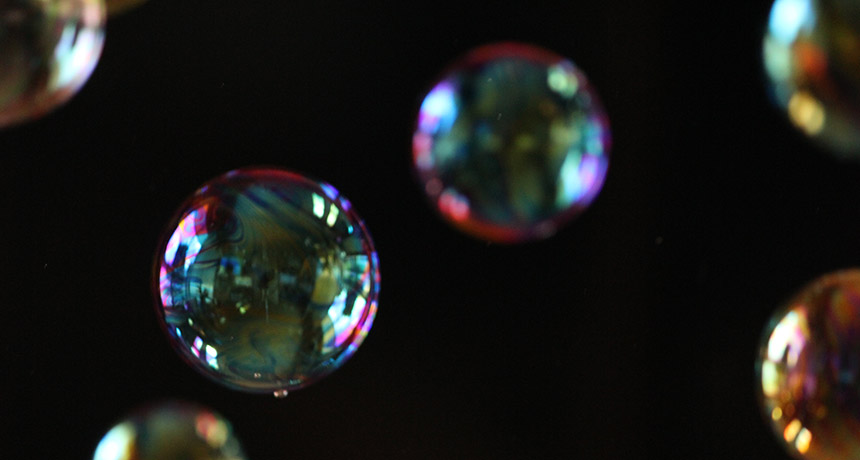Sound waves can make bubbles in levitated drops of liquid
The suspended pockets of air last for tens of minutes

BUBBLE UP Scientists can levitate liquid drops and turn them into bubbles by bombarding them with sound waves.
Chris W./Flickr (CC BY 2.0)







